Dog Emotion

Can yoga or meditation combined with exercise enhance emotion regulation ?
Emotion regulation is a crucial aspect of mental health, and it refers to the ability to manage and control one's emotional responses. There are various ways to enhance emotion regulation, and one of them is through physical activities such as yoga, meditation, and exercise. In this article, we will discuss how these practices can help improve emotion regulation. Yoga is a mind-body practice that combines physical postures, breathing techniques, and meditation. It has been shown to have numerous benefits for mental health, including enhancing emotion regulation. Yoga helps to reduce stress and anxiety, increases self-awareness, and promotes mindfulness. Meditation is another practice that involves focusing the mind on a particular object, thought, or activity to achieve a mentally clear and emotionally calm state. Like yoga, meditation has been shown to have numerous benefits for mental health, including enhancing emotion regulation. Meditation improves attention and focus, reduces emotional reactivity, and increases self-awareness. Exercise is another effective way to enhance emotion regulation. It reduces stress and anxiety, improves mood, and increases resilience. Combining yoga, meditation, and exercise can provide even greater benefits for emotion regulation by providing a comprehensive approach to well-being that addresses both the physical and mental aspects of emotion regulation.
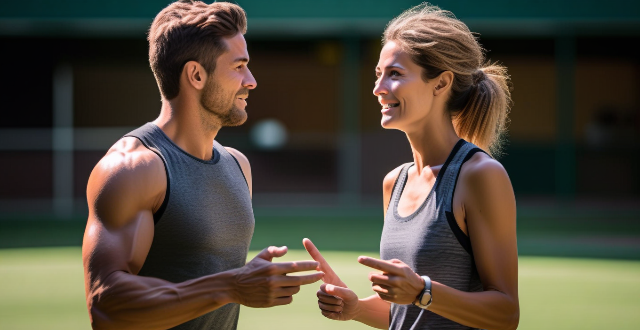
How do sports psychology techniques help with emotion regulation ?
This article explores the importance of emotion regulation in sports performance and how sports psychology techniques can help athletes regulate their emotions. The techniques discussed include self-talk, visualization, goal setting, breathing techniques, and mindfulness meditation. These techniques enable athletes to stay focused, confident, and motivated during competitions, leading to better performances. By incorporating these techniques into their training routines, athletes can learn to manage their emotions effectively and maintain optimal mental states for peak performance.

How often should I bathe my dog and what are the best practices ?
Bathing your dog is crucial for their health and hygiene, but the frequency depends on breed, coat type, activity level, and individual needs. Generally, short-coated breeds need bathing every 4-6 weeks, long-coated breeds every 2-4 weeks, and double-coated breeds every 6-8 weeks or when necessary. Active dogs may require more frequent bathing due to exposure to dirt and other substances. Dogs with specific health conditions or skin issues may benefit from regular medicated baths. When bathing your dog, follow best practices such as using a suitable shampoo, brushing beforehand, gathering supplies, wetting thoroughly, applying shampoo evenly, rinsing thoroughly, towel drying gently, continuing brushing post-bathing, using leave-in conditioner if necessary, and monitoring for any adverse reactions.

How do sports photographers capture the beauty and emotion of athletic events ?
**How Sports Photographers Capture the Beauty and Emotion of Athletic Events** 1. **Understanding the Sport**: Research and anticipation help photographers capture key moments. 2. **Equipment Choices**: Appropriate lenses, high-speed cameras, and stabilizing devices are essential. 3. **Positioning**: Unique angles, perspectives, and clean backgrounds enhance photos. 4. **Timing and Composition**: Precise timing and thoughtful composition are crucial. 5. **Lighting**: Natural and artificial lighting affect photo quality. 6. **Emotion and Storytelling**: Capturing emotions and telling stories through images is impactful. 7. **Post-Processing**: Editing and selecting the best shots is part of the process. 8. **Ethics and Professionalism**: Respect and professionalism guide sports photographers in their work.
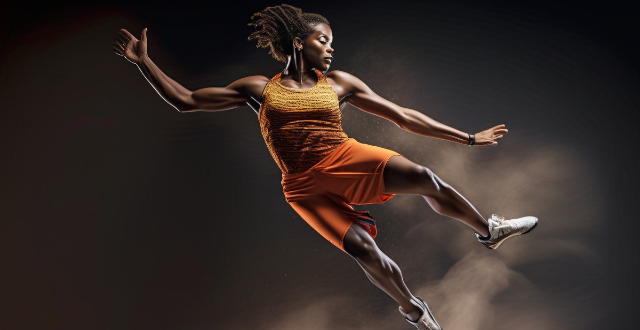
In what ways can dance be considered both a sport and an art form ?
Dance is a unique form of expression that can be considered both a sport and an art form. As a sport, it requires physical strength, endurance, and coordination. As an art form, it involves creativity, emotion, and aesthetics. Dancers must have strong muscles to execute lifts, jumps, and other challenging movements. Dance performances often last for several hours, requiring dancers to maintain their energy and stamina throughout the show. Dancers must have excellent coordination to move their bodies in sync with music and other dancers on stage. Many dance styles require a high degree of flexibility. Dancers must adhere to strict training regimens to maintain their physical condition and technique.

Are there any specific yoga poses that help with back pain ?
Yoga is an effective way to alleviate back pain, and these specific poses can help. Child's Pose stretches the lower back and hips, Downward-Facing Dog strengthens the entire body including the back muscles, Cat-Cow Stretch warms up the spine and improves flexibility in the lower back, Bridge Pose strengthens the muscles surrounding the spine, and Legs-Up-the-Wall Pose promotes relaxation and reduces swelling in the legs.
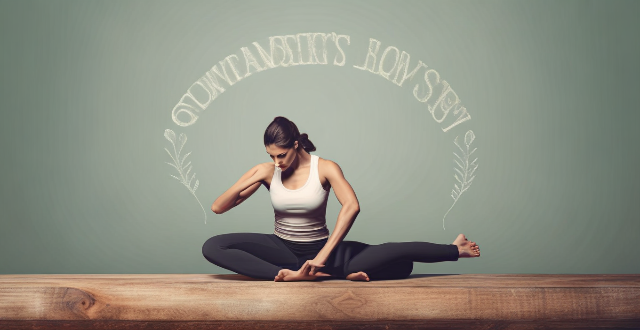
What are some easy yoga poses for beginners ?
The text provides a summary of easy yoga poses for beginners, including Mountain Pose, Downward Facing Dog, Warrior I, Child's Pose, Tree Pose, and Cat-Cow Stretch, along with detailed steps for each pose. It emphasizes the importance of listening to one's body and gradually increasing challenge as comfort level grows.

How can we promote resilience in adolescents during their developmental years ?
The article discusses the importance of promoting resilience in adolescents to help them cope with various challenges during their developmental years. It suggests several strategies, including encouraging positive thinking, building problem-solving skills, promoting social support, encouraging participation in extracurricular activities, teaching emotion regulation skills, and promoting healthy lifestyle habits. These strategies can help adolescents develop the resilience they need to thrive during their developmental years.
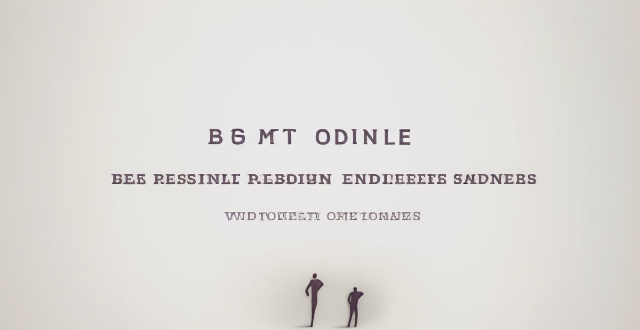
Are there any online resources or videos for learning easy yoga poses ?
The text is about the best online resources and videos for learning easy yoga poses. It mentions three types of resources: websites, YouTube channels, and apps. The recommended websites are Yoga Journal, Gaia, and DoYouYoga. The suggested YouTube channels are Yoga with Adriene, Fightmaster Yoga, and Yoga with Kassandra. The top apps are Down Dog, Pocket Yoga, and Simply Yoga.
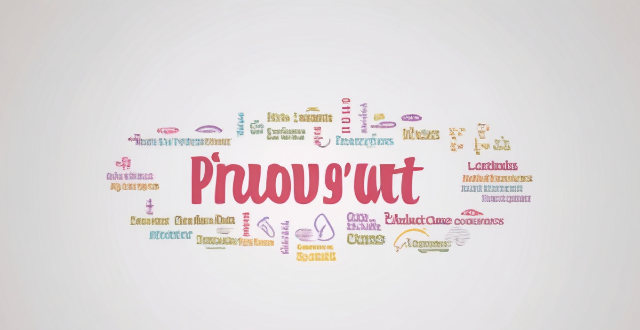
How can I do simple yoga exercises at home ?
The provided text offers a guide on how to do simple yoga exercises at home. It lists six yoga poses, namely the Cat-Cow Pose, Downward-Facing Dog, Child's Pose, Warrior I, Tree Pose, and Corpse Pose. Each pose is accompanied by instructions on how to perform it correctly and its benefits. The poses aim to improve flexibility, strength, balance, and reduce stress and anxiety.

What are some easy yoga stretches for improving flexibility ?
Flexibility is an important aspect of overall health and wellness, and yoga is a great way to improve it. Here are some easy yoga stretches that can help you improve your flexibility: - Child's Pose (Balasana) helps stretch the hips, groins, and lower back. - Downward Dog (Adho Mukha Svanasana) helps stretch the arms, shoulders, chest, and hamstrings. - Pigeon Pose (Eka Pada Rajakapotasana) helps stretch the hips, groins, and lower back. - Cat-Cow Pose (Marjaryasana-Bitilasana) helps stretch the spine, neck, and shoulders. - Mountain Pose (Tadasana) helps improve balance and posture while stretching the entire body.
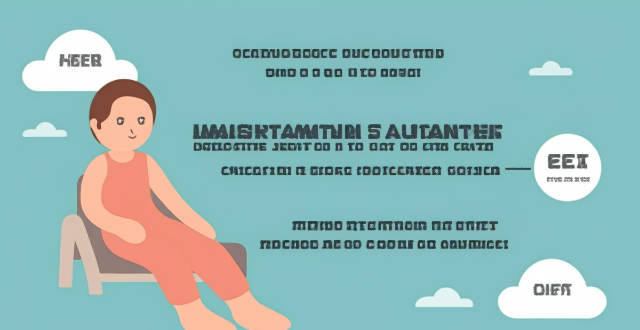
Can exercise compensate for poor sleep quality in terms of cognitive function ?
The article discusses the importance of sleep for cognitive function and whether exercise can compensate for poor sleep quality. While exercise has benefits for cognitive function, it cannot fully replace the memory consolidation and emotion processing that occurs during sleep. Chronic sleep deprivation can lead to long-term changes in brain structure and function that may not be reversible through exercise alone. To maintain optimal cognitive function, both regular physical activity and good sleep habits are essential.

How can sports psychology help athletes manage stress and pressure during competitions ?
Sports psychology helps athletes manage stress and pressure during competitions by providing techniques and strategies to improve mental toughness, confidence, and focus. These techniques include goal setting, visualization, breathing exercises, mindfulness and meditation practices, and coping strategies such as problem-solving and emotion regulation. By implementing these tools, athletes can improve their performance and enjoy their sport more fully.

How does sports leadership differ from other types of leadership ?
Sports leadership is distinguished by its goal-oriented focus, clear team hierarchy, emotional intensity, physical component, short-term outcomes, public scrutiny, adaptability, and cultural impact. Unlike other types of leadership, sports leaders must manage high levels of emotion, direct physical performance, and adapt quickly to changing circumstances during a game. They also play a significant role in shaping the culture and values of their team, which can have a profound impact on the wider community.

Do yoga poses have different effects on the body and mind ?
Yoga poses have different effects on the body and mind, including improved flexibility, strength, balance, stress reduction, concentration, and emotional release. Incorporating a variety of poses into your practice can help you achieve specific goals and transform your body and mind.